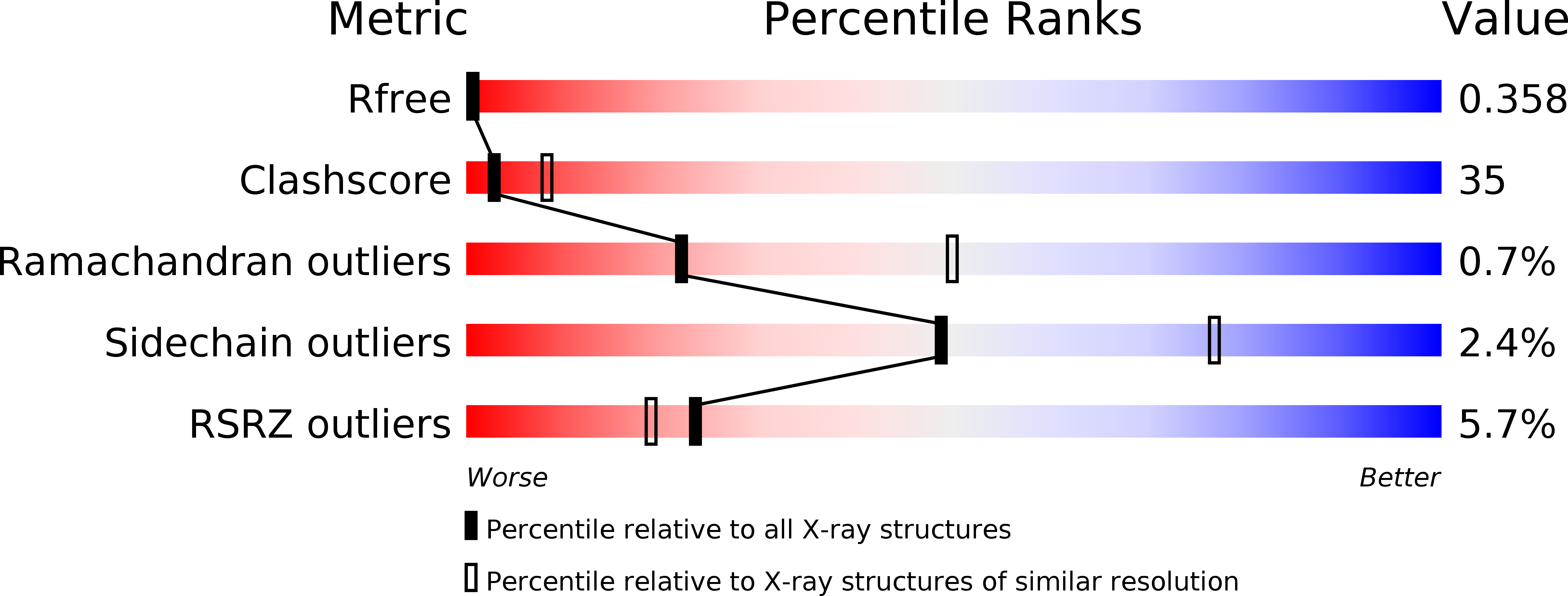
Deposition Date
2010-01-21
Release Date
2010-08-04
Last Version Date
2024-02-21
Entry Detail
Biological Source:
Source Organism:
Saccharomyces cerevisiae (Taxon ID: 4932)
Host Organism:
Method Details:
Experimental Method:
Resolution:
2.85 Å
R-Value Free:
0.35
R-Value Work:
0.31
Space Group:
P 64 2 2


